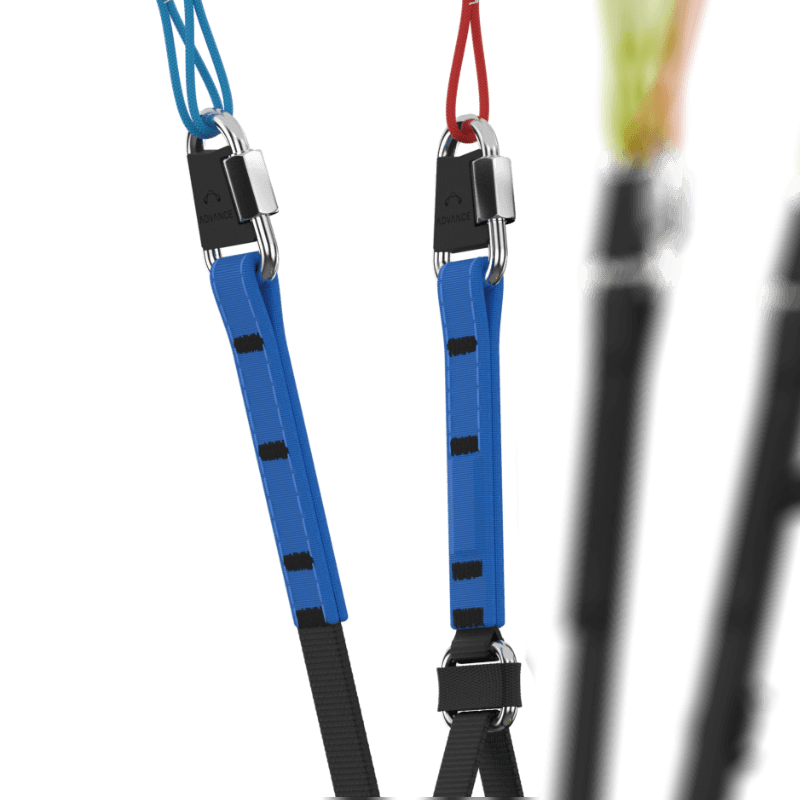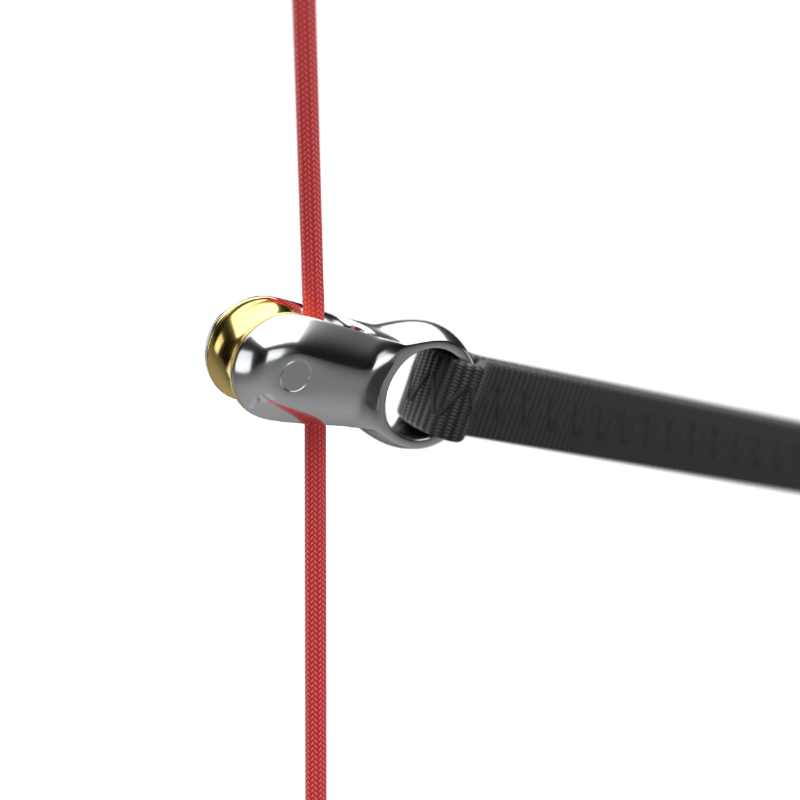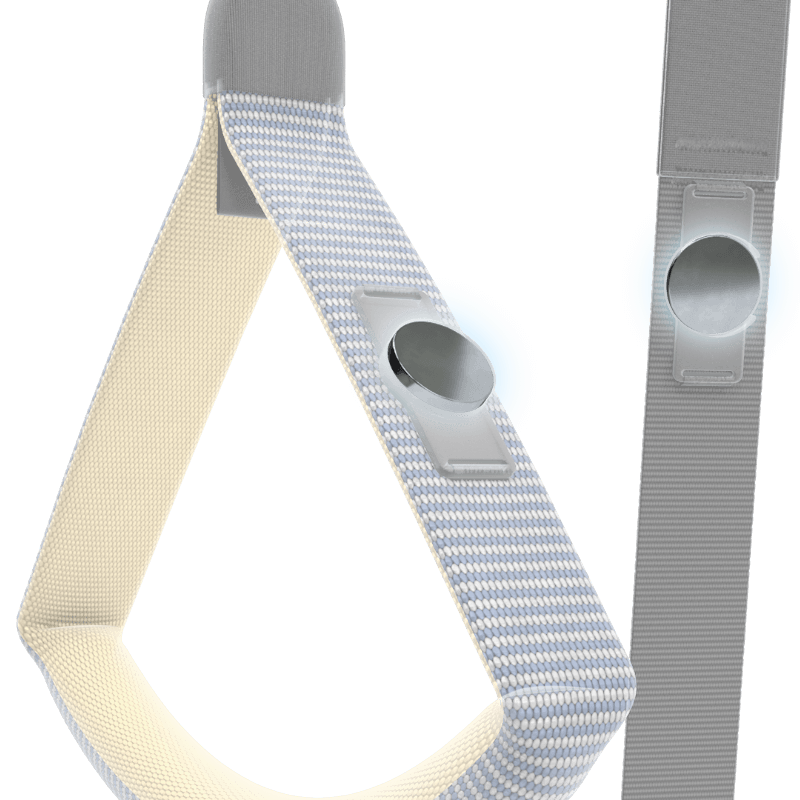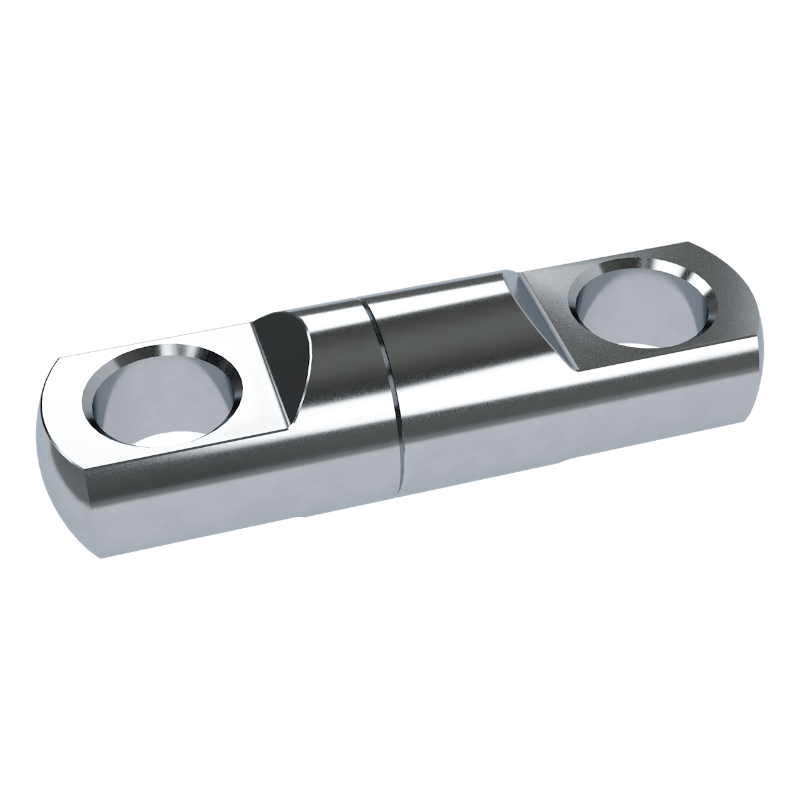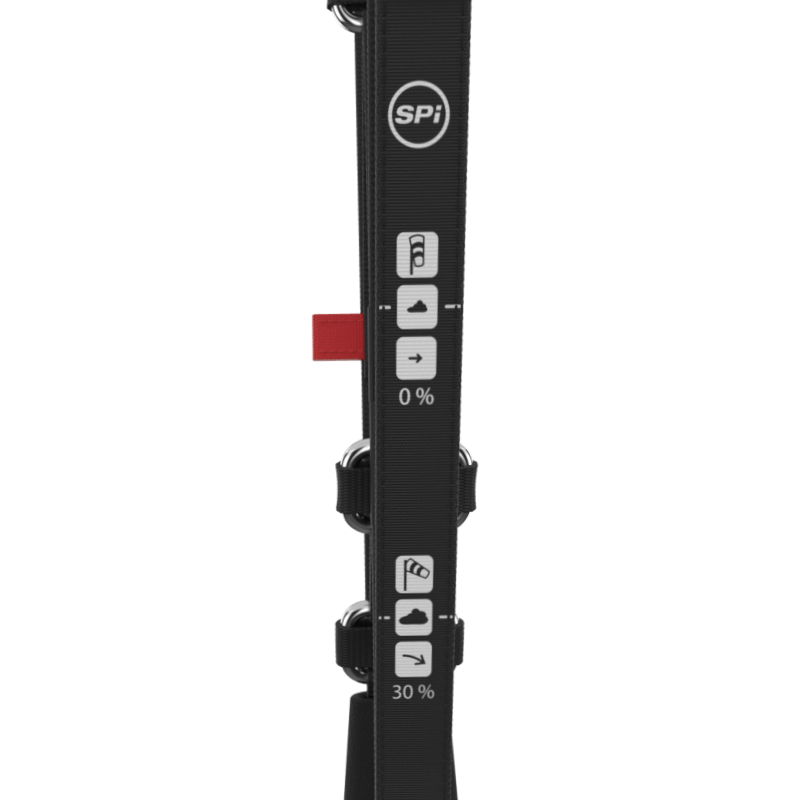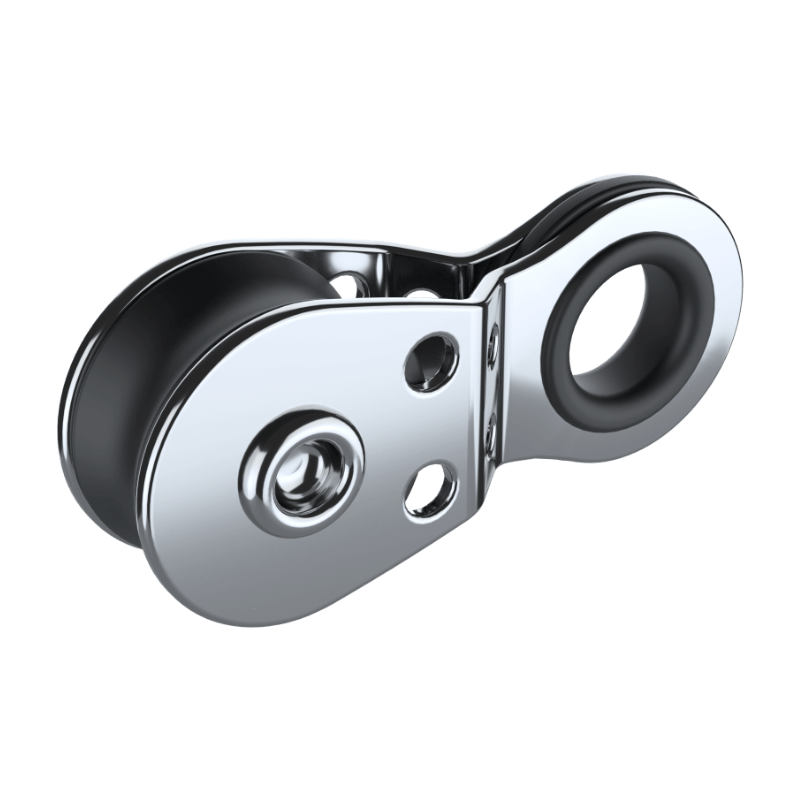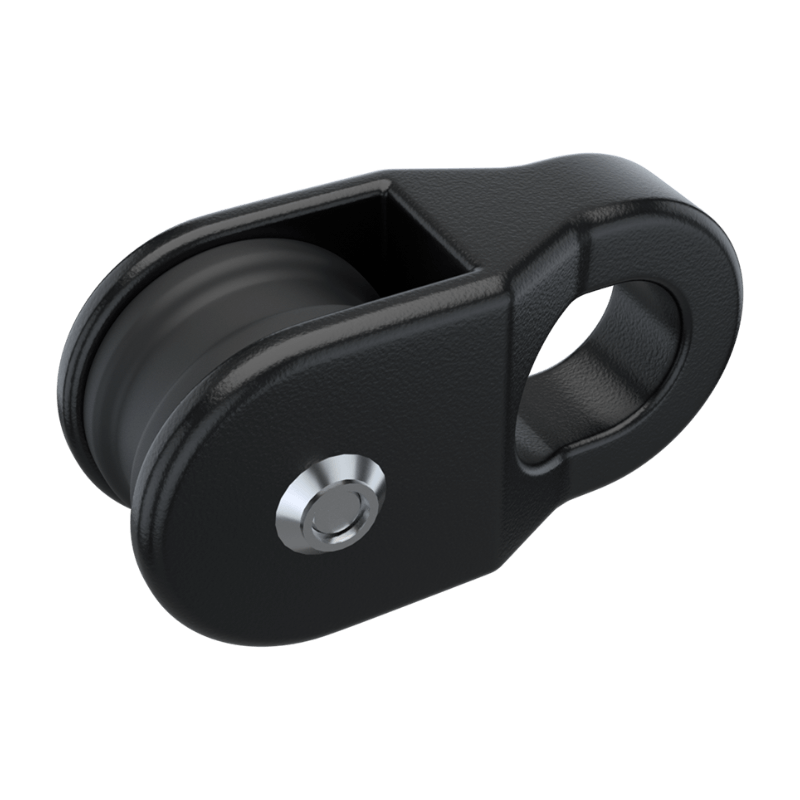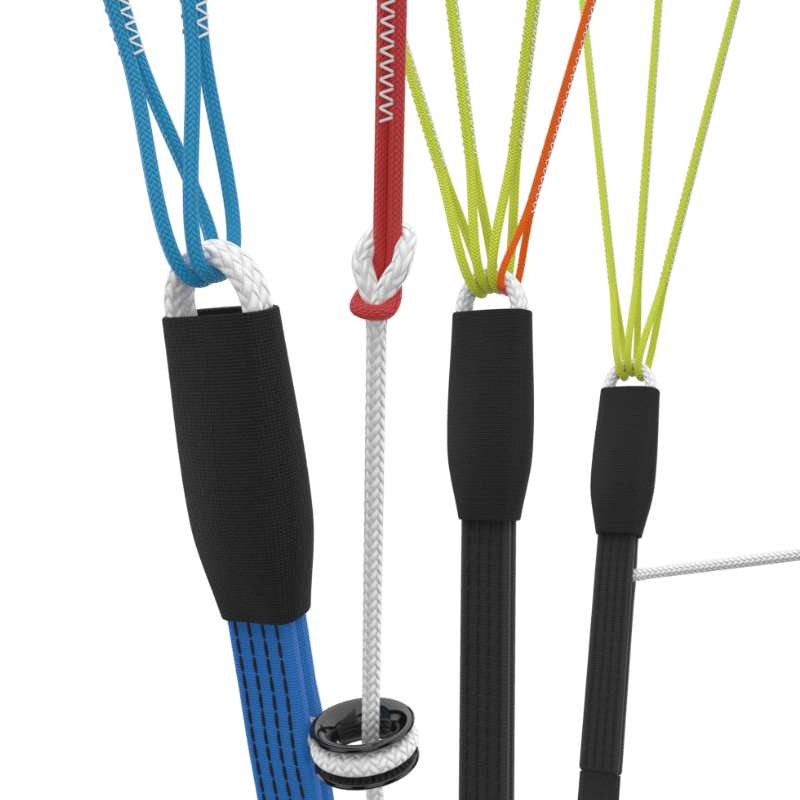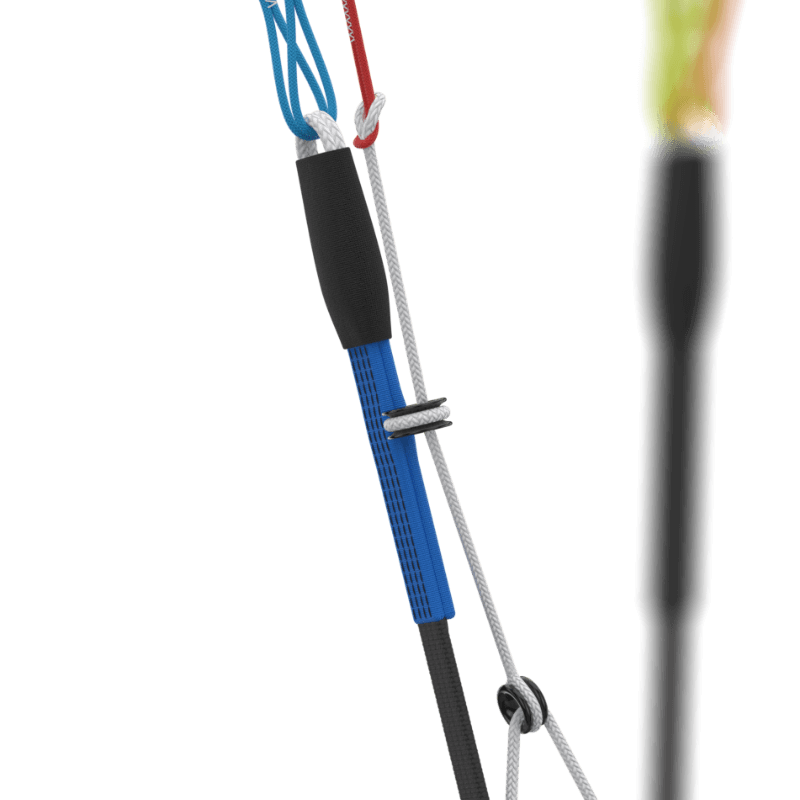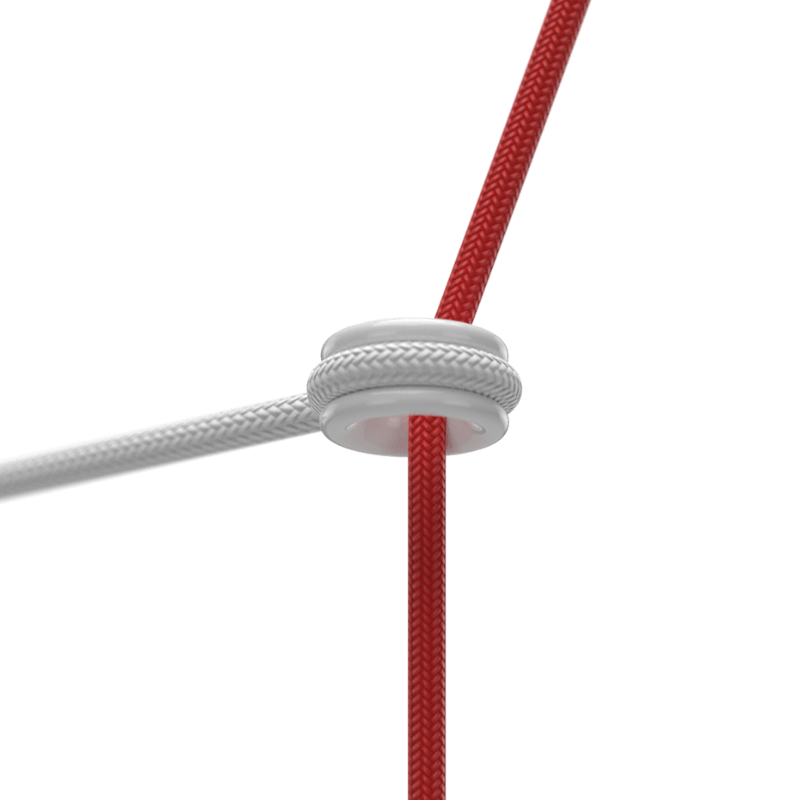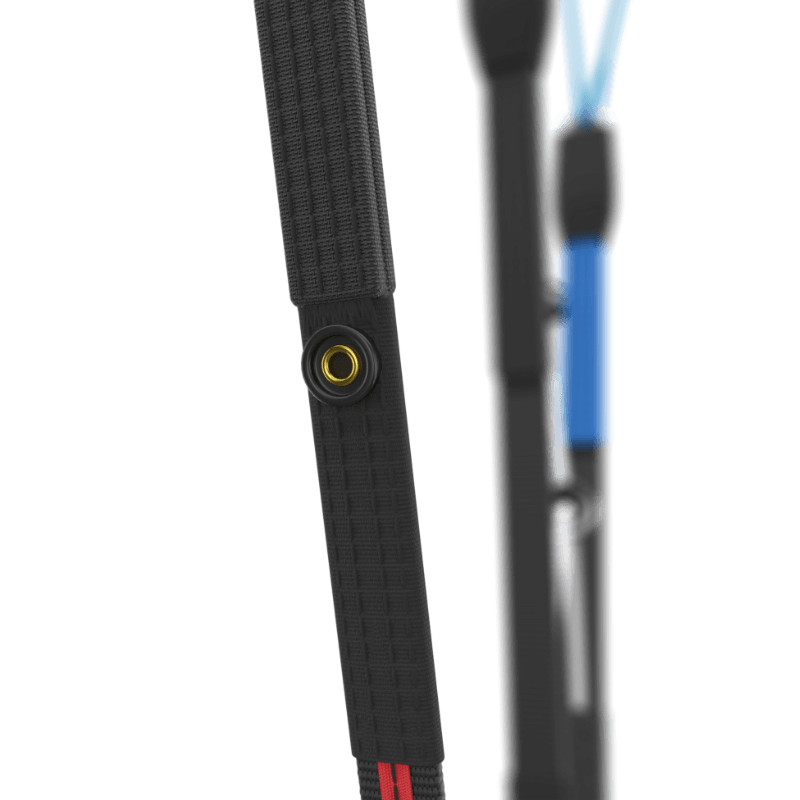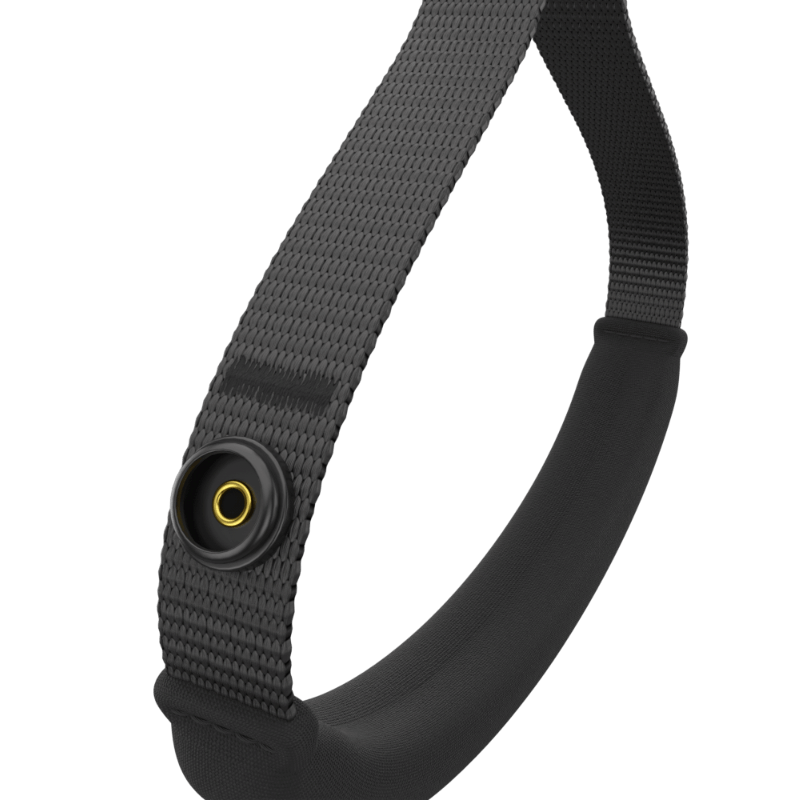Discover your Potential
Intermediate Paraglider
Progress, flight after flight: With the EPSILON DLS you can discover the whole spectrum of paragliding. Already in its 10th generation, the proven EPSILON is now available as a light glider in DLS quality. Just as perfect for starting cross-country flying as it is for hike-to-fly and travel.

 INTUITIVE
INTUITIVE
Simple and intuitive
The EPSILON DLS is even simpler and more intuitive. The redesigned canopy tension provides damped canopy feedback and improved turbulence absorption. In addition, the EPSILON DLS delivers noticeably smooth flying behaviour, especially in turbulent air. This results in significantly improved directional and roll stability.
 LIGHT & DURABLE
LIGHT & DURABLE
Light and useful everyday
Thanks to its DURABLE LIGHTWEIGHT STRUCTURE, the EPSILON DLS is available from a mere 3.45 kg weight*. It is not only very light, but also 100% suitable for everyday use. Durability and robustness correspond to semi-light products, so even as a light glider the EPSILON DLS does not require special care for daily use.
 EXPLORATIVE
EXPLORATIVE
Discover the complete spectrum
You can explore the whole paragliding spectrum with the EPSILON DLS. As a light glider it presents even more versatility. It is not only ideal for classic cross-country flights, but also for hike to fly and travel. An extremely compact packing volume enables the EPSILON DLS to fit perfectly in light reversible harnesses.
PRODUCT CLIP
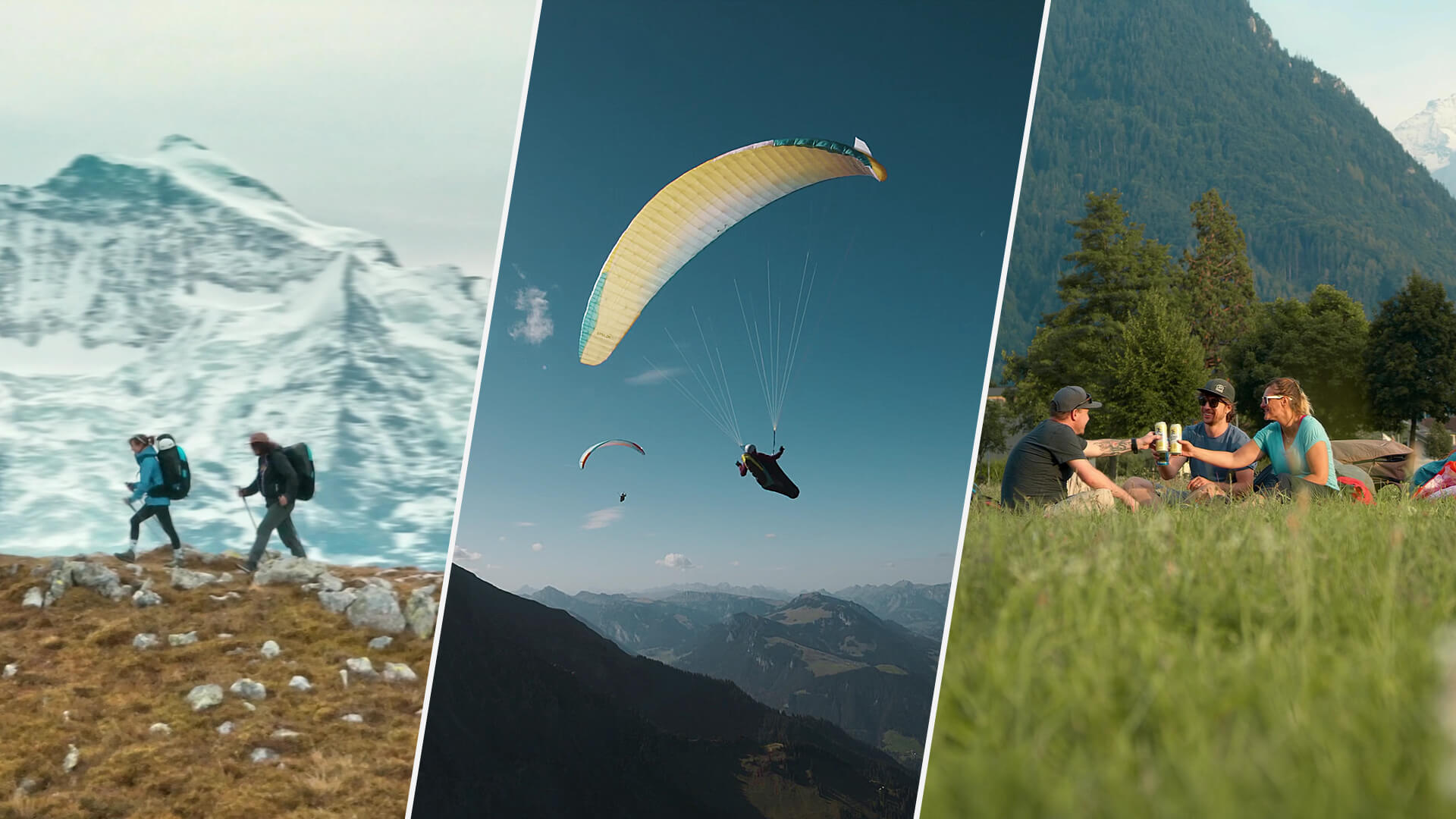
OPINIONS
DLS INSIGHTS
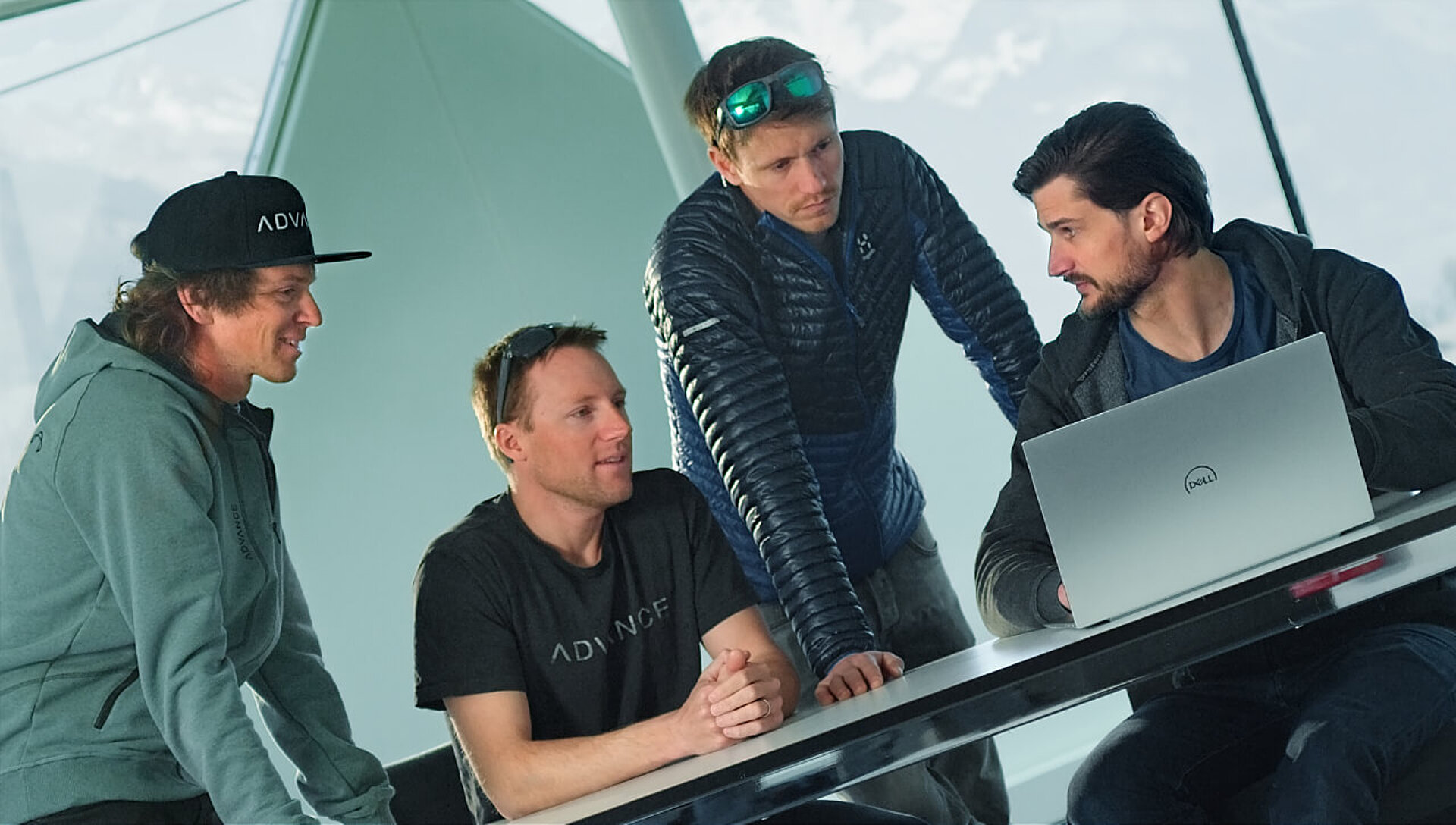
RISER FEATURES
TECHNICAL DATA
DATA
| EPSILON DLS | 22 | 24 | 26 | 28 | 30 | |
|---|---|---|---|---|---|---|
| Flat surface | m2 | 22 | 23.7 | 25.7 | 27.6 | 29.6 |
| Projected surface | m2 | 18.5 | 20 | 21.7 | 23.3 | 24.9 |
| Certified takeoff weight | kg | 55-77 | 67-90 | 79-103 | 91-118 | 105-135 |
| Ideal weight range | kg | 60-73 | 73-86 | 86-99 | 99-113 | 113-130 |
| Glider weight | kg | 3.65 | 3.85 | 4.10 | 4.35 | 4.60 |
| Glider weight with light risers | kg | 3.45 | 3.65 | 3.90 | 4.15 | 4.40 |
| Span | m | 10.63 | 11.05 | 11.50 | 11.92 | 12.34 |
| Projected span | m | 8.23 | 8.56 | 8.91 | 9.23 | 9.56 |
| Aspect ratio | 5.14 | 5.14 | 5.14 | 5.14 | 5.14 | |
| Projected aspect ratio | 3.67 | 3.67 | 3.67 | 3.67 | 3.67 | |
| Max. chord | m | 2.59 | 2.70 | 2.81 | 2.91 | 3.01 |
| Number of cells | 47 | 47 | 47 | 47 | 47 | |
| Certification | EN/LTF B | EN/LTF B | EN/LTF B | EN/LTF B | EN/LTF B |
Materials
| Leading edge | Skytex 38 universal |
|---|---|
| Upper surface | Skytex 38 universal |
| Lower surface | Skytex 27 classic II |
| Designstripe | Skytex 32 universal |
| Profiles | Skytex 40 hard finish, Skytex 32 hard finish |
| Unsuspended profiles | Skytex 40 hard finish, Skytex 32 hard finish |
| Diagonals | Skytex 40 hard finish, Skytex 32 hard finish |
| Main lines | PPSLS 260, 200, 125 |
| Gallery lines | A-8001-190, -130, -090, -070, -050 |
| Brake lines | A-8001-090, -070, -050 |
| Steering lines | A-8001-190, A-7850-240 |
| Risers | PES/Technora 12mm |
| Quick links | MR Delta 3.5mm / S12 |
Scope of Delivery
Options
Seamless
Weight
Ranges
The EPSILON DLS was designed with Seamless Weight Ranges in mind. This provides a continuous choice from one size to another for any pilot weight, taking into account preference of use. In the relevant ideal take-off weight range, the EPSILON DLS delivers the best balance of flying speed and climb performance for all flight conditions.
Colours
Reviews
Flights
| date | pilot | launch | type | distance | glider | info |
|---|
FAQ
What requirements does the EPSILON DLS impose on the pilot?
The EPSILON DLS is a basic intermediate with an EN/LTF B certification, which fits perfectly between the entry-level glider ALPHA and the high-B glider IOTA. After training, a direct change from the ALPHA to the EPSILON is possible without any problems.
EPSILON pilots will already have initial experience of flying in thermals and will have acquired a well-practised active flying style. They can recognise the onset of a collapse and resist this without overreaction.
The EPSILON series has been supporting improvers for 30 years; helping them develop their flying skills in the process. Climb higher, stay in the air longer, fly further: the EPSILON is the wing for the so many who have left their home site for the first time, and set out on the rewarding journey that is cross country flying.
Why does the EPSILON 10 become the EPSILON DLS?
Although pilots and dealers like products to be as light as possible, their feedback tells us that they are becoming increasingly reluctant to accept the degree of compromise in robustness and glider life that can go with light gliders. This demand has taken its time to become evident because pilots only become aware of the weaknesses of ultra-light products after using them for a while. Unless given special care, ultra-light gliders can suffer subtle but permanent airfoil deformation which may have a lasting effect on flight behaviour and performance. Porosity of lightweight fabrics might also become an issue associated with intensive use.
So we decided to confront this problem with our DLS concept, and develop a product that meets this wide spectrum of demands. Our many years experience of developing X-Alps equipment has helped us with this set of subjects. Computer-aided analysis enabled us to focus, in great detail, on those areas of a paraglider which are exposed to high stress, and therefore deserve specific attention. This allows us to selectively decide on the mix of lightweight and conventional materials to use, but, above all, design the best geometric shapes of individual components such as diagonals, tension bands or rib crossports in an economic way that also eliminates weaknesses in durability and robustness.
IS THE EPSILON DLS NOT JUST AN EPSILON 10 WITH A LIGHT UNDERSURFACE?
No: the 27gm fabric for the wing undersurface only saves around 150 gms, depending on glider size. Total weight saving subtracts more than five times this figure. Because the EPSILON DLS is up to 850 g lighter than its predecessor when using the optional light-risers.
The sum of many small but important details means that the new EPSILON DLS is a lightweight glider. Nevertheless, components that are important for durability, such as the ribs, are made of particularly low-stretch materials. The DLS difference comes from an intelligent material mix, fabric weight saving at less stressed areas, a re-analysis of sliced diagonal shapes, and geometrically optimized tension straps.
WHAT ARE THE DIFFERENCES BETWEEN THE STANDARD AND LIGHT RISERS?
On request the EPSILON DLS can be ordered with light risers. These are ~180 gm lighter and, as well as their specific materials differ from standard risers as follows:
- Softlinks replace quick links
- Poppers instead of magnets
- Ceramic rings replace pulleys
- A3 runners instead of Quick-Snap
WHAT IS THE DIFFERENCE BETWEEN HIKE TO FLY AND HIKE & FLY?
Hike to Fly focuses on the flight after the ascent on foot, as opposed to Hike & Fly or Climb & Fly where the ascent is the real challenge and the paraglider is used as a descent aid or fun mini-voile. A Hike to Fly equipment is a light and compact cross-country flight equipment with which, after the ascent on foot to a remote take-off place, also longer cross-country flights can be started.
Related Products
This might also interest you






